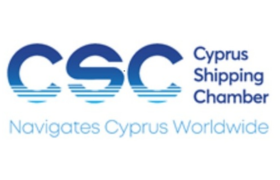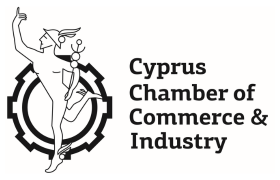‘Lloyd’s System’ collects and stores solar power that it is used to turn water into steam, which in its turn is used to produce electricity.
“It is a very advanced technology that produces energy round the clock, and it is autonomous. It doesn’t require any support from the Electricity Authority of Cyprus (EAC) like wind turbines or photovoltaics,” said Andreas Ioannou, CEO of the company Alfa Mediterranean Enterprises Ltd.
In July, the company won the ‘NER300’ competition for innovative renewable energy technology, organised by the European Commission and the European Investment Bank.
The company is in the process of creating a concentrated solar power system plant with 300 module towers with solar receivers in the Doros-Limnatis area in Limassol that it is estimated to produce 172GWh per year. GWh is a unit of energy representing one billion watt hours and is equivalent to one million kilowatt hours.
The whole project is estimated to cost €175 million, €60m of which comes from the grant given to the company by the European Investment Bank as a prize for winning the competition.
Ioannou said that construction of the plant would begin in November and that they expected to start producing electricity in 2016 at 45% capacity and by the end of 2017, all modules would be installed and the plant would run at 100% capacity.
The electricity produced will be sold to the EACfor €0.1375 per KWh, which is 40% cheaper than what EAC currently sells electricity, according to Ioannou. “It will open the road to much cheaper electricity,” he said.
Ioannou said the system had many advantages compared to wind energy and photovoltaics, mainly because it would be 100% autonomous, translating to no extra costs for the EAC.
Wind turbines and photovoltaics rely on weather conditions to produce electricity making it more costly, Ioannou explained.
He said that standby staff and turbines on average cost the EAC an extra €0.08 per KWh for photovolatics and €0.17 per KWh for wind turbines, raising the utility’s total cost of support to an average €0.40 and €0.33 per KWh respectively.
“Too high prices for the utility and the public to pay,” Ioannou said.
The plant will be able to provide energy on demand 24 hours a day because it has the capacity to store solar power.
Each module consists of a 24-metre high tower with a solar receiver containing a quantity of graphite, and is surrounded with a number of heliostats.
The system, which is designed to make the most of the sun, uses custom designed software to enable heliostats to follow the path of the sun and direct its rays onto the solar receiver.
Heat is stored and when electricity is required, water is turned into superheated steam after it is introduced into heat exchangers embedded within the graphite.
After it is directed to a common manifold and attuned to the required temperature and pressure, steam is passed to a turbine connected to a generator, which produces electricity.
According to Ioannou what makes ‘Lloyds System’ ideally suitable for arid and dry areas with limited supplies of fresh water is the fact that the water used to create steam is re-circulated through the system. The system is environmentally friendly.
“It does not create any greenhouse emissions or other unwanted waste material from its operation,” Ioannou said.
He added that it uses no chemicals or batteries and it poses no threat to its surroundings, and that birds flying above the towers are unaffected by the sun’s rays reflecting from the heliostats.
The company has a study estimating that with a €2 billion investment, the plant could produce 1000MW of electricity for 30 years, more than enough to cover the island’s energy needs, without even buying fuel.
“The system is ideal not only to cover the island’s electricity needs but we can also export electricity at a very competitive price to other EU countries,” Ioannou said.
He said that among the EU’s 2020-2030 strategic goals was to connect all EU member states with a grid, allowing them to cooperate and transfer electricity between them. Cyprus will be connected through the island of Crete to Italy and from there to the rest of Europe.
Source: Cyprus Mail













